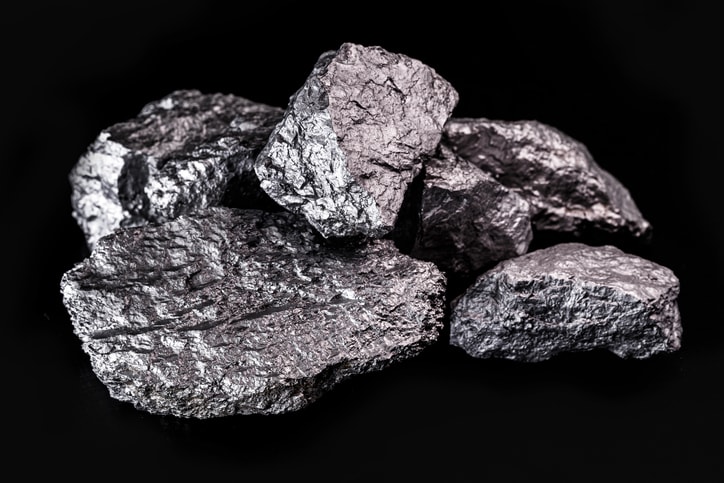 According to the USGS 2020 Minerals Commodity Summary for Silver, in 2019, U.S. mines produced approximately 980 tons of silver with an estimated value of $510 million.
According to the USGS 2020 Minerals Commodity Summary for Silver, in 2019, U.S. mines produced approximately 980 tons of silver with an estimated value of $510 million.
But that may not matter to certain jewelry companies. Pandora recently announced it will stop using newly mined silver and gold in all its jewelry by 2025 and only buy from recycled sources, a move that will greatly reduce carbon emissions for both metals.
According to a statement on the company’s web site, 71% of the silver and gold in Pandora’s jewelry already comes from recycled sources. Shifting completely to recycled silver and gold will reduce CO2 emissions, water usage and other environmental impacts associated with mining new metals. The carbon emissions from sourcing recycled silver are a third of mined silver, while recycling gold emits approximately 600 times less carbon than mining new gold, according to life cycle assessments.
The USGS report noted:
“Silver was produced at 4 silver mines and as a byproduct or coproduct from 33 domestic base and precious-metal operations. Alaska continued as the country’s leading silver-producing State, followed by Nevada. There were 24 U.S. refiners that reported production of commercial-grade silver with an estimated total output of 2,500 tons from domestic and foreign ores and concentrates and from new and old scrap….”
“In 2019, global consumption of silver was estimated to have increased slightly from that of 2018. Coin and bar consumption increased for the third year in a row. Consumption for jewelry and silverware was also estimated to have increased in 2019. Photography and other industrial uses decreased in 2019. Overall, production in the global silver market was estimated to have been greater than consumption in 2019 resulting in an excess supply of silver.”
Silver is the most used material in Pandora jewelry, but the company also uses smaller volumes of gold, palladium, copper and man-made stones.
From a volatile commodities market to financing, safety, and employment issues, the pressure on mining companies to increase efficiency and productivity has never been greater. With a fierce competitive landscape and substantial capital investments at stake, mining companies need to quickly identify and recover the most economically viable resources.
Miners seek solutions for rapid geochemical analysis that will enable them to increase discovery success rates, identify drill targets quickly, make on-site decisions about whether to stop or continue drilling, and decide where to focus on the grid.
Portable X-ray fluorescence (XRF) analyzers are making a critical difference in mining exploration and production. They can provide rapid, on-site qualitative screening directly in-situ or lab-quality quantitative analysis on prepared samples, bypassing the costly and time-consuming process of sending samples to off-site laboratories and waiting days, or even months, for critical data. With rapid sample analysis, you get real-time geochemical data to guide drilling decisions, enable high-productivity operations, and gain a competitive advantage.
The USGS report also notes that in 2019, approximately 1,100 tons of silver was recovered from new and old scrap, about 17% of apparent consumption. That still leaves a lot of mining needed to supply the market with silver.


Leave a Reply